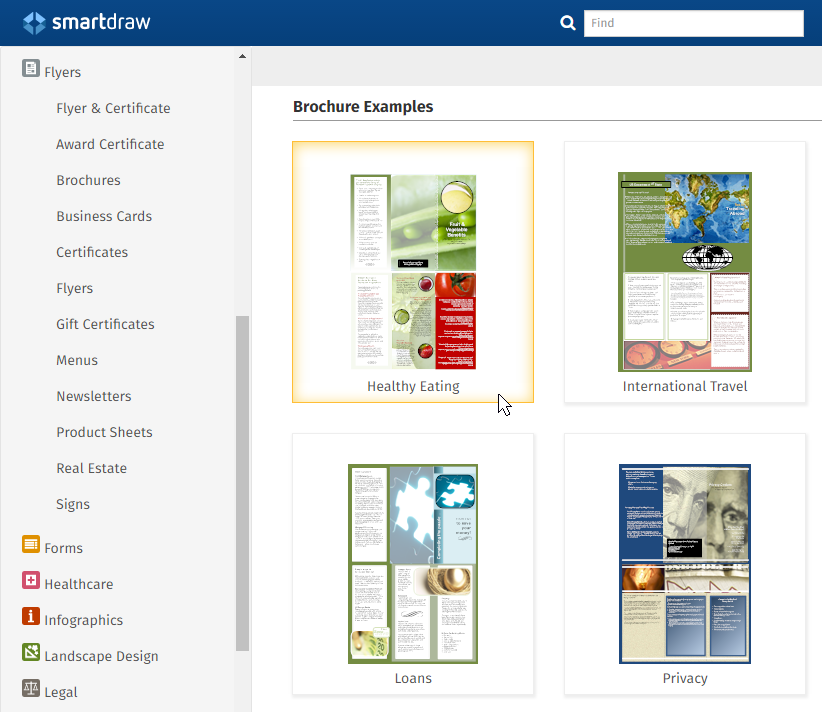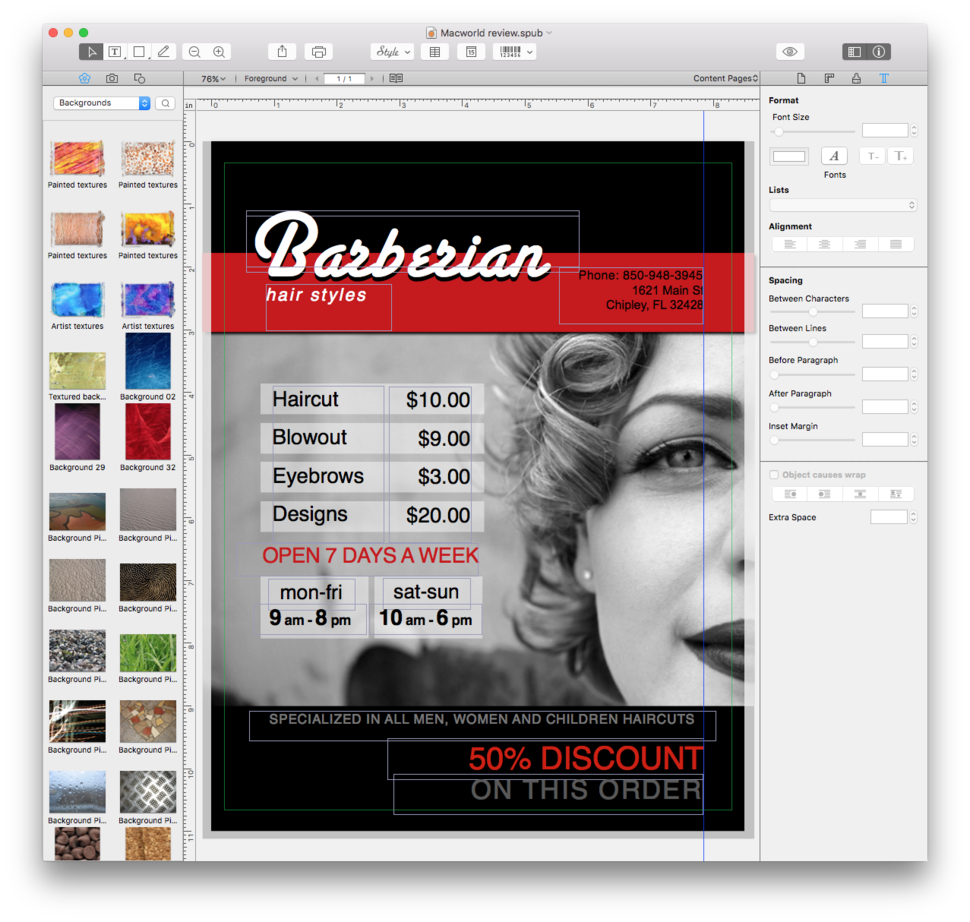
:max_bytes(150000):strip_icc()/EP_WhatisDesktopPublishing_Final-fcf04d7ee7cc4167bef825dbf0f8f953.png)
- BEST DESKTOP PUBLISHING SOFTWARE FOR BOOKS HOW TO
- BEST DESKTOP PUBLISHING SOFTWARE FOR BOOKS MANUALS
- BEST DESKTOP PUBLISHING SOFTWARE FOR BOOKS PC
- BEST DESKTOP PUBLISHING SOFTWARE FOR BOOKS PLUS
- BEST DESKTOP PUBLISHING SOFTWARE FOR BOOKS PROFESSIONAL
There are two types of pages in desktop publishing, electronic pages and virtual paper pages to be printed on physical paper pages. The discipline of DTP skills range from technical skills such as prepress production and programming to creative skills such as communication design and graphic image development.
BEST DESKTOP PUBLISHING SOFTWARE FOR BOOKS HOW TO
learning how to put clip art in a word processor) to what requires a college education and years of experience (e.g.

DTP skill levels range from what may be learned in a few hours (e.g. Often considered a primary skill, increased accessibility to more user-friendly DTP software has made DTP a secondary skill to art direction, graphic design, multimedia development, marketing communications, administrative careers and advanced high school literacy in thriving economies.
BEST DESKTOP PUBLISHING SOFTWARE FOR BOOKS PROFESSIONAL
However, some were able to realize truly professional results. Even for 8-bit computers like the Apple II and Commodore 64 software was published: Home Publisher, The Newsroom and geoPublish.ĭuring these early years, desktop publishing acquired a bad reputation from untrained users who created poorly-organized ransom note effect layouts - criticisms that would be levied again against early web publishers a decade later.
BEST DESKTOP PUBLISHING SOFTWARE FOR BOOKS PC
Desktop publishing moved into the home market in 1986 with Professional Page for the Amiga, Publishing Partner (now PageStream) for the Atari ST, GST's Timeworks Publisher on the PC and Atari ST and Calamus for the Atari TT030.
BEST DESKTOP PUBLISHING SOFTWARE FOR BOOKS MANUALS
This made it suitable for manuals and other long-format documents. While PageMaker's pasteboard metaphor closely simulated the process of creating layouts manually, Ventura Publisher automated the layout process through its use of tags/ style sheets and automatically generated indices and other body matter. Later, the Macintosh II was released which was much more suitable for desktop publishing because of its larger, color screen, support for multiple displays, greater RAM capacity and its SCSI storage interface which allowed fast, high-capacity hard drives to be attached to the system.Īlthough Macintosh-based systems would continue to dominate the market, in 1986, the GEM-based Ventura Publisher was introduced for MS-DOS computers. The LaserWriter's PostScript capability allowed publication designers to proof files on a local printer then print the same file at DTP service bureaus using optical resolution 600+ ppi PostScript-printers such as those from Linotronic.
BEST DESKTOP PUBLISHING SOFTWARE FOR BOOKS PLUS
The LaserWriter and LaserWriter Plus printers included high quality, scalable Adobe PostScript-fonts built into their ROM memory. However, it was a revolutionary combination at the time, and was received with considerable acclaim.īehind-the-scenes technologies developed by Adobe Systems set the foundation for professional desktop publishing applications. Users of the PageMaker-LaserWriter-Macintosh 512K system endured frequent software crashes, the Mac's tiny 512 x 342 1-bit black and white screen, the inability to control letter spacing, kerning (the addition or removal of space between individual characters in a piece of typeset text to improve its appearance or alter its fit) and other typographic features, and discrepancies between the screen display and printed output. The term "desktop publishing" is attributed to Aldus Corporation founder Paul Brainerd, who sought a marketing catch-phrase to describe the small size and relative affordability of this suite of products in contrast to the expensive commercial phototypesetting equipment of the day.īy the standards of today, early desktop publishing was a primitive affair. Newspapers and other print publications made the move to DTP-based programs from older layout systems like Atex and other such programs in the early 1980s.
/quarkxpress-77c3f743f11742ef96edb34595886b5a.jpg)
The ability to create WYSIWYG page layouts on screen and then print pages at crisp 300 dpi resolution was revolutionary for both the typesetting industry and the personal computer industry.

(Desktop typesetting, with only limited page makeup facilities, had arrived in 1978–9 with the introduction of TeX, and was extended in the early 1980s by LaTeX.) The DTP market exploded in 1985 with the introduction in January of the Apple LaserWriter printer, and later in July with the introduction of PageMaker software from Aldus which rapidly became the DTP industry standard software.īefore the advent of desktop publishing, the only option available to most persons for producing typed (as opposed to handwritten) documents was a typewriter, which offered only a handful of typefaces (usually fixed-width) and one or two font sizes. 3.2 With other electronic layout softwareĭesktop publishing began in 1985 with the introduction of MacPublisher, the first WYSIWYG layout program, which ran on the original 128K Macintosh computer.


 0 kommentar(er)
0 kommentar(er)
